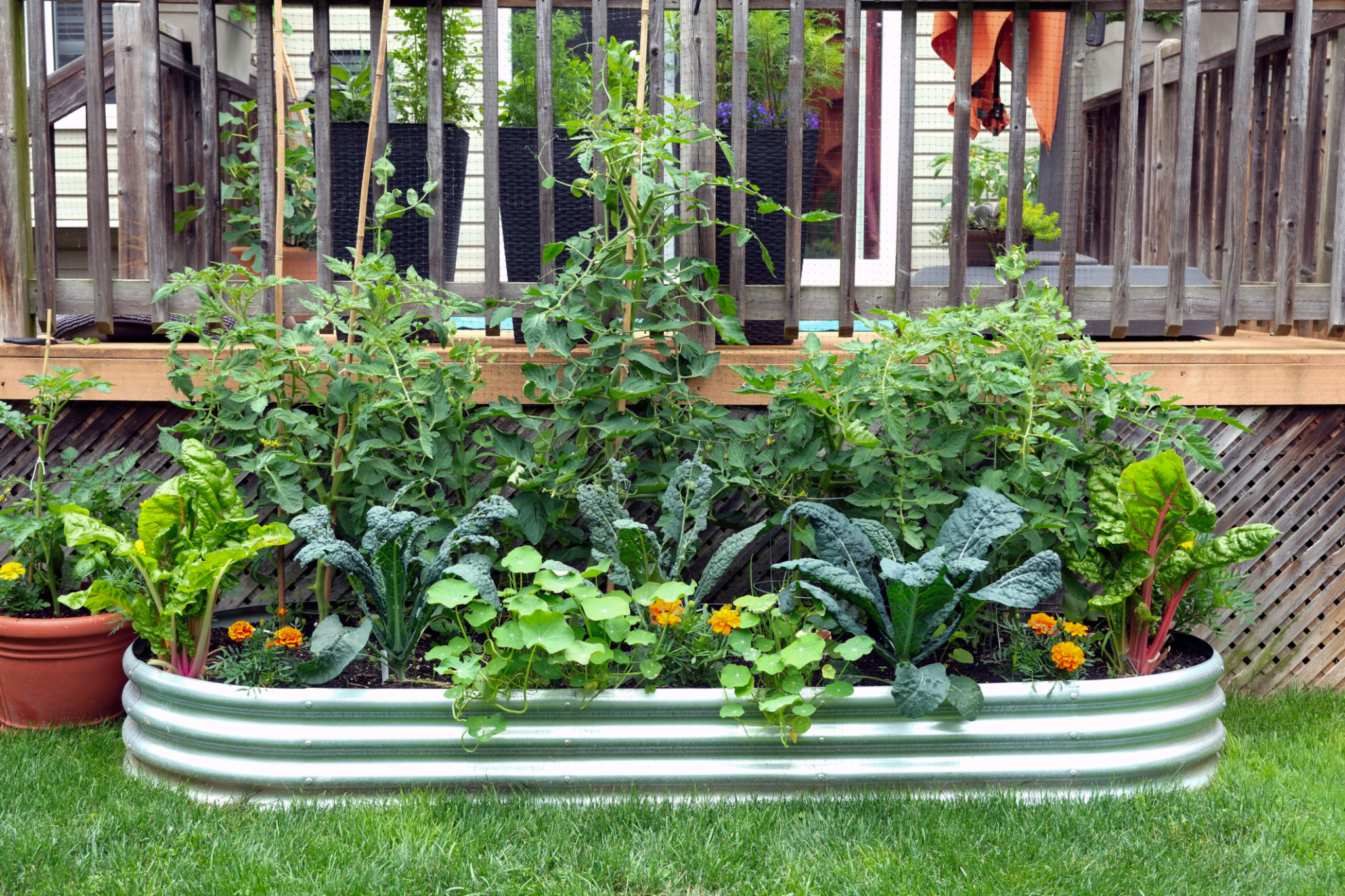DIY Raised Garden Bed with Utah Soil: Step-by-Step Instructions
Why Choose Raised Garden Beds?
Raised garden beds are an excellent choice for gardeners looking to maximize their growing space while minimizing the strain on their backs. They offer numerous benefits, such as improved drainage, better soil quality, and easier access for maintenance and harvesting. In Utah, where soil conditions can vary greatly, a raised garden bed allows you to tailor the soil mix to your specific gardening needs.

Gathering Your Materials
Before you start building your DIY raised garden bed, you'll need to gather the necessary materials. Here's a list of what you'll need:
- Lumber: Cedar or redwood are popular choices due to their natural resistance to rot.
- Screws or nails: Galvanized screws are recommended to prevent rusting.
- Drill or hammer: Depending on whether you're using screws or nails.
- Measuring tape: To ensure accurate cuts and spacing.
- Level: To ensure the bed is even.
Choosing the Right Size
The size of your raised garden bed will depend on the space available and your gardening goals. A standard size is 4 feet by 8 feet, which provides ample space for a variety of plants. Ensure that the width allows you to easily reach the center from either side.

Building the Raised Garden Bed
Once you've gathered your materials and decided on the size, it's time to start building. Follow these step-by-step instructions to construct your raised garden bed:
- Cut the lumber: Cut your lumber to the desired length using a saw. Ensure the edges are smooth and even.
- Assemble the frame: Align the corners and secure them with screws or nails. Use a level to ensure all sides are even.
- Position the bed: Move the frame to your chosen location, making sure it's level and getting adequate sunlight.
- Add support stakes: If necessary, drive stakes into the ground at each corner for additional stability.
Filling Your Raised Garden Bed
Now that your raised garden bed is built, it's time to fill it with soil. In Utah, where native soil may not always be fertile, creating a custom soil mix can greatly enhance plant growth. Consider a balanced mix of one-third topsoil, one-third compost, and one-third coarse sand or perlite for optimal results.

Planting and Maintenance
With your raised garden bed ready and filled with nutrient-rich soil, it's time to plant! Consider starting with easy-to-grow vegetables like lettuce, carrots, or tomatoes. As your garden flourishes, regular maintenance such as watering, weeding, and fertilizing will ensure a bountiful harvest.
Raised garden beds also make it easier to implement companion planting principles, which can further enhance growth and pest control. By carefully selecting plants that benefit each other when grown together, you can create a thriving ecosystem within your garden bed.

Enjoying the Fruits of Your Labor
Creating a DIY raised garden bed is not only a rewarding project but also an investment in sustainable living. With careful planning and maintenance, your garden can provide fresh produce for years to come. Embrace the opportunity to experiment with different plants and growing techniques, and enjoy the satisfaction of cultivating your own food right in your backyard.
Whether you're a seasoned gardener or just starting out, a raised garden bed can transform your gardening experience in Utah. So gather your tools, roll up your sleeves, and get ready to enjoy the beauty and bounty of your very own raised garden bed.